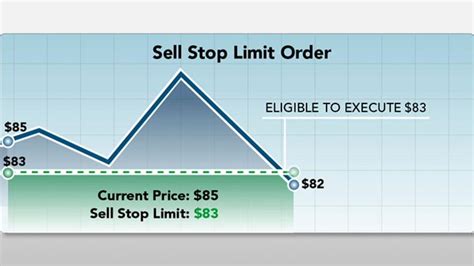The Great Cryptocurrency Order Debate: Limit Orders vs. Market Orders
Cryptocurrency, A Digital Currency That Uses Cryptography for Secure Financial Transactions, HAS Tasks The World by Storm in Recent Years. As its popularity grows, so does the number of investors seeking to buy and sell cryptocurrencies. Two popular types of orders have leg used in cryptocurrency markets: limit orders and market orders. While They May Seem Similar, There Are Significant Differences Between Two Types of Orders That Can Impact Your Investment Strategy.
Limit orders

A limit order is a specific price at which a trader is willing to buy or sell a currency. It’s like an “order book” for the cryptocurrency market. A Limit Order Typically Has the Following Characteristics:
* Buy or Sell
: The Type of Transaction (Buy or Sell)
* price : the minimum and maximum prices that will be used to execute the trade
Quantity : The Number of Units Being Traded (E.G., 10,000 Units AT $ 100)
When a Trader Places a Limit Order, They are essentialy saying: “I want to buy/.sell this currency for $ x per unit when it reaches price y.”
Market Orders
A Market Order is an all-or-nothing transaction that will execute immediately or not at all. It’s like a “market” clearing price that determines the price of the cryptocurrency being traded.
When a Trader Places a Market Order, they are essentialy saying: “I want to buy/sell this currency for $ x per unit now.”
WHY IS BETTER?
In General, Limit Orders Are Considered Better Than Market Orders When:
you have a specific idea : you know exactly what you want to do with your money and have a clear plan. Limit Orders Allow you to Execute At The Optimal Price.
You’re Trading Large Volumes : If you trade thousands or tens of thousands of units, limit orders can help you achieve your goals more efficiently.
However, Market Orders are Better Suited for:
Short-term Trading : If you’re trying to make a quick profit or respond to changing market conditions quickly, a market order might be the way to go.
* High-Frequency Trading : For Those WHO Trade in real-time, Market Orders Can Help Them React Faster to Changing Market Prices.
REAL-WORLD Examples
To illustrate the Difference Between Limit Orders and Market Orders, Let’s Consider Two Examples:
- Limit Order Example
Suppose you want to buy 10,000 units or bitcoin at $ 20,000 per unit. You Place A Limit Order With Your Broker To Execute AT $ 20000 IF The Price Reaches That Level.
In this case, the broker will use algorithms to find the optimal price for you and execute the trade when the conditions are with. If the price drops below $ 19,999, the transaction will be cancelelled, and you won’t see any profit (Since It’s not Executed).
- Market Order Example
Suppose you want to buy 10,000 units or bitcoin at $ 20,000 per unit immediately. You place a market order with your broker.
In this case, The Broker Will Execute the Trade As Soon as they Receive an Order for the Specificated Quantity and Price, which is $ 19,999 in This Example (Since the Price Has Dropped to $ 19,999). The Profit is Calculated Based on the Difference Between the Current Price ($ 20,000) and Your Desired Price ($ 19,999).
Conclusion
In Conclusion, While Both Limit Orders and Market Orders are Essential Tools for Traders in Cryptocurrency Markets, they have distinct characteristics that can impact your investment strategy. Limit Orders are Better Suited for Specific Sitations, Such as Trading Large Volumes or Having A Clear Plan, While Market Orders Are iDeal for Short-Term Trading, High-Frequency Trading, or Reacting to Changing Market Conditions.
